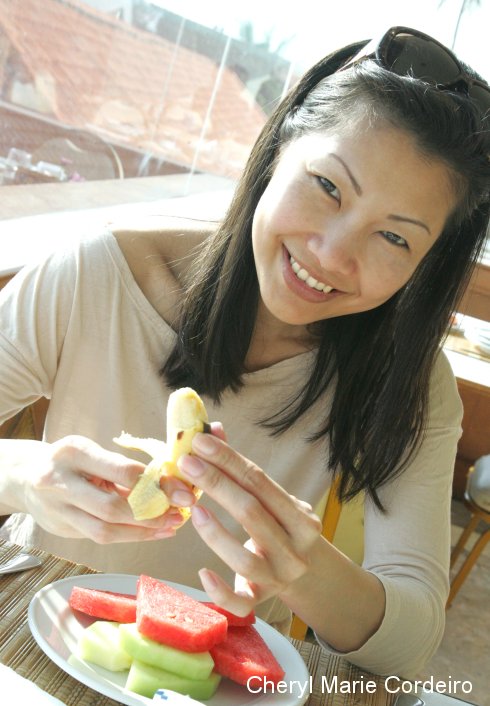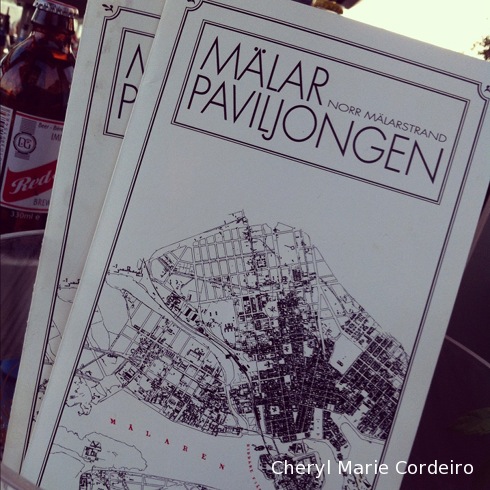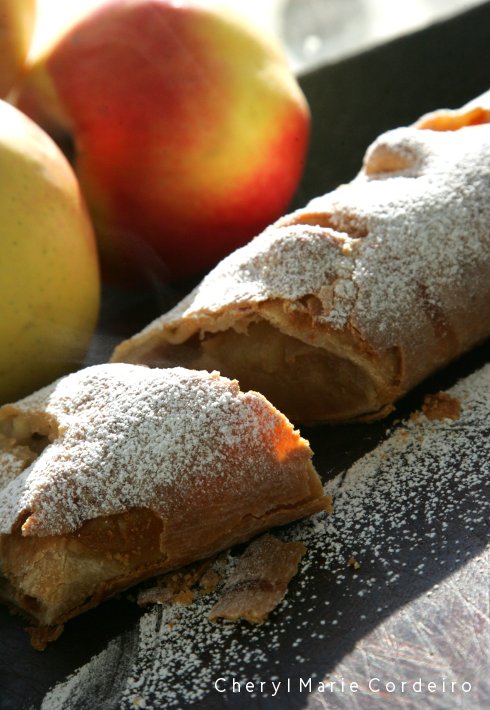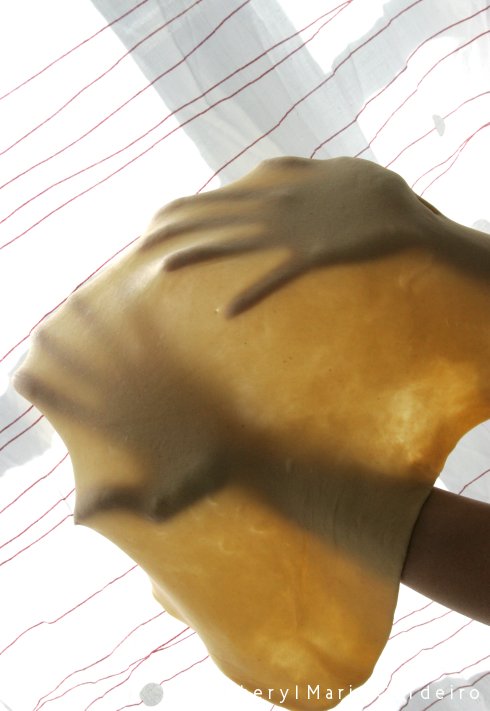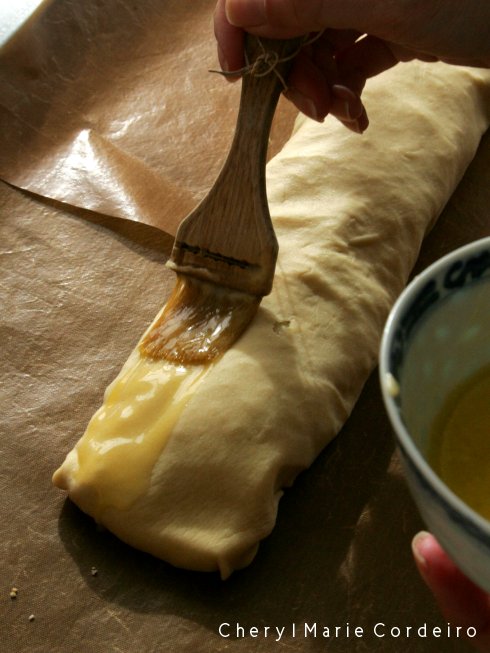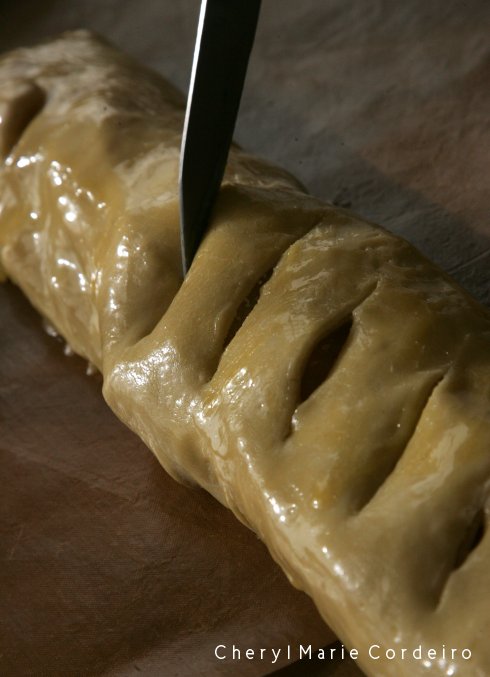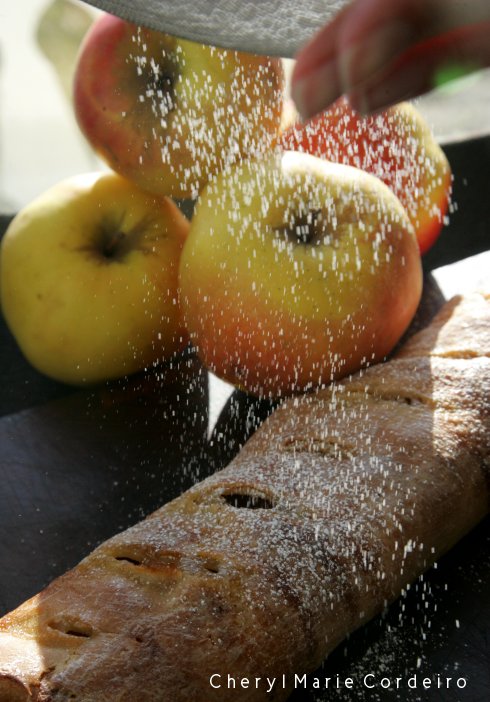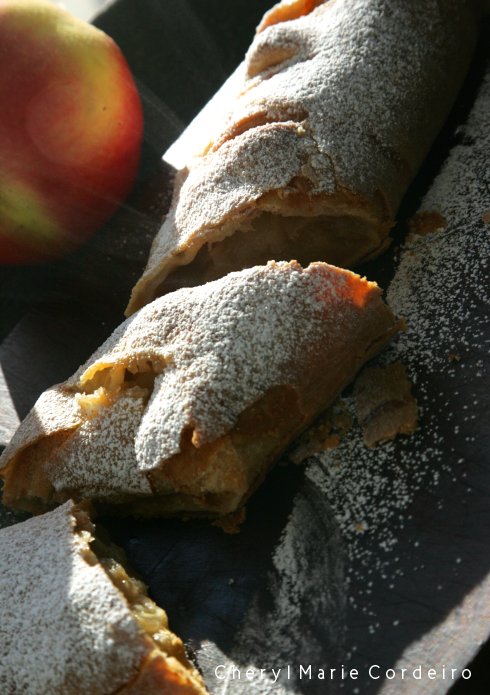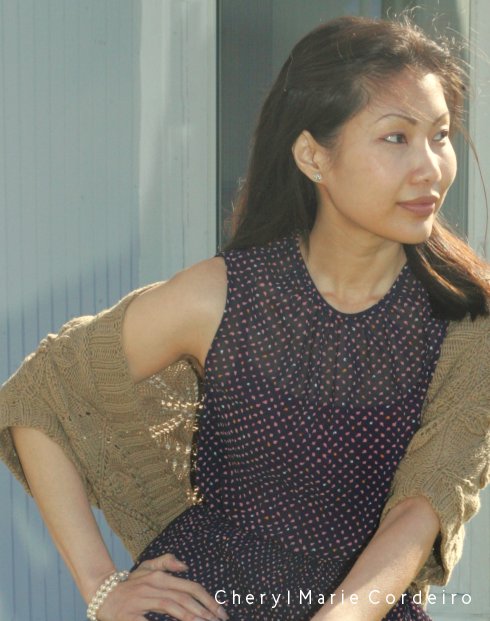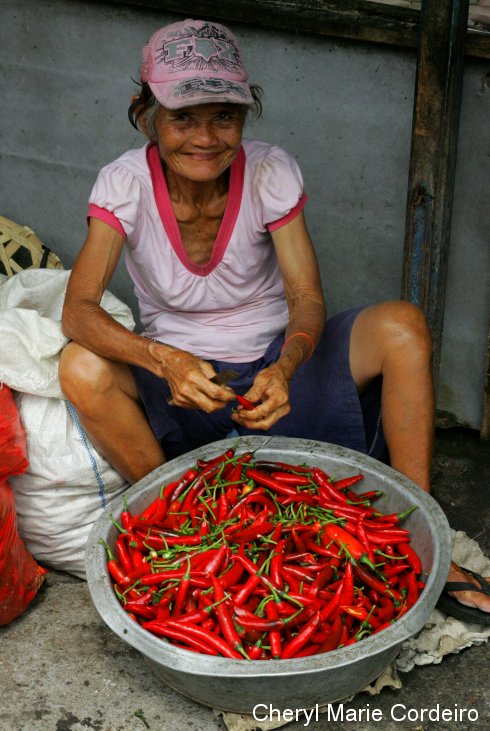
Along the side streets towards Pasar Badung in Denpasar, off Jl. Gajah Mada, you’ll find a small curry shop passionately preparing the foundational ingredients to many local dishes.
Text and Photo © JE Nilsson and CM Cordeiro 2012
The daily trading activities in Southeast-Asia (SE-Asia) are still focused around the centrally located wet markets. Located as they often are at traditional crossroads of land and waterways, they are the natural center of the community with space for religious ceremonies as well as today, offering convenient parking lots for cars and mopeds. Around these markets are also the arteries of the supply chain of all kinds of supplies that will go into the products offered at the market.
Pasar Badung in Denpasar, Bali’s capital, is one of the largest wet markets on the island with four storeys of goods that range from ready cooked food sold just outside the building, to fresh fruits, vegetables, fish, meat, preserved foods, spices, cakes, buns, biscuits, up to and including almost all items for the kitchen and household should you need them.
Clothing for men, women and children can be found on the upper floors of the market. Perhaps in close comparison in terms of array of and combination of goods sold would be that found in the heart of Chinatown or Little India in modern Singapore, though true wet markets now tend to have a space of their own these days.
Continue reading “A walk through Pasar Badung, Denpasar, Bali”
